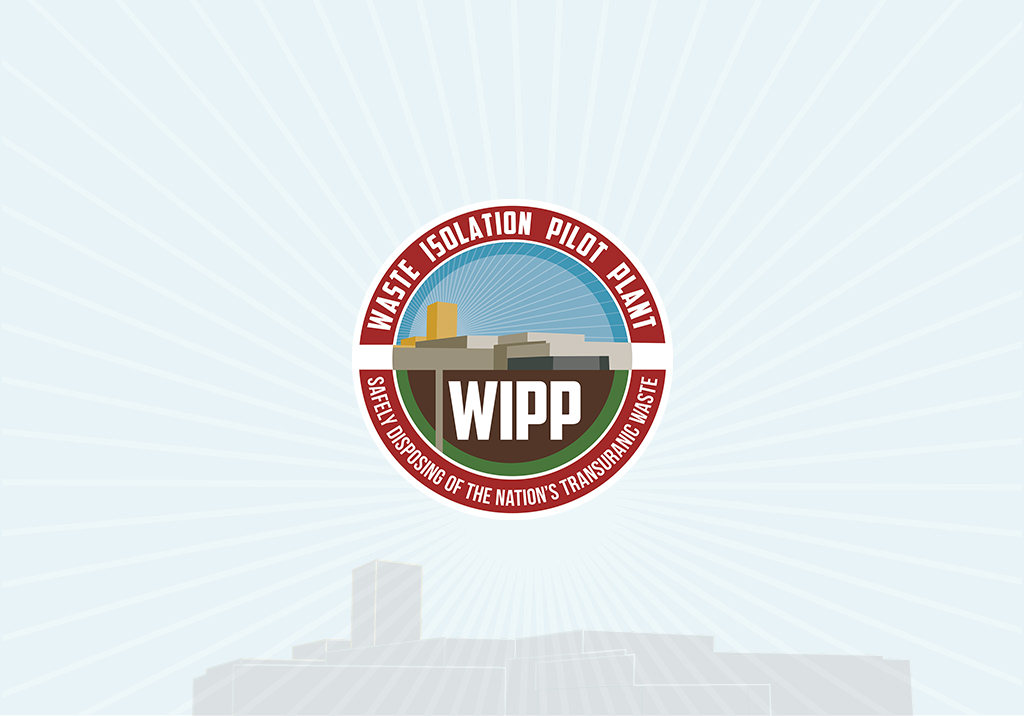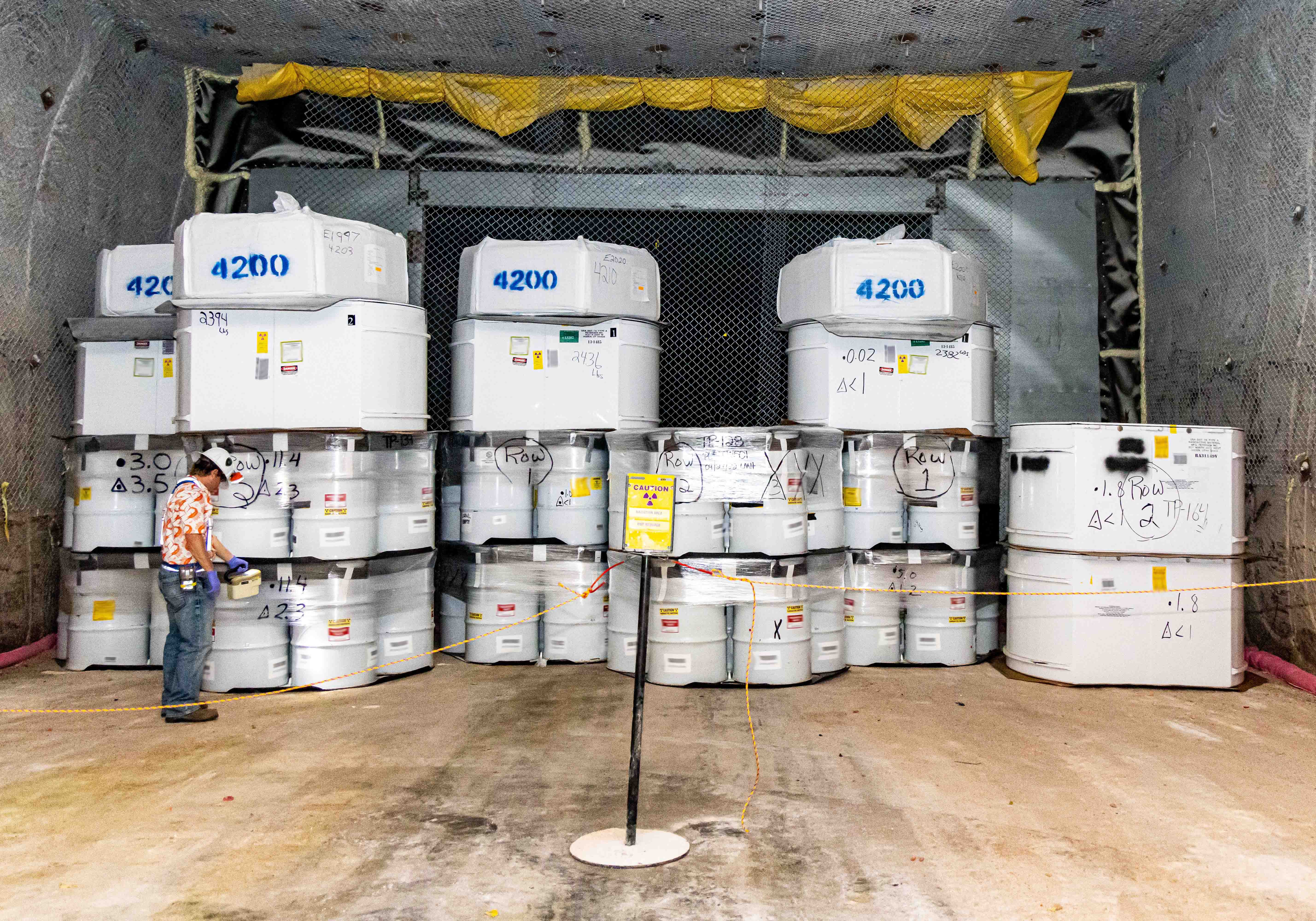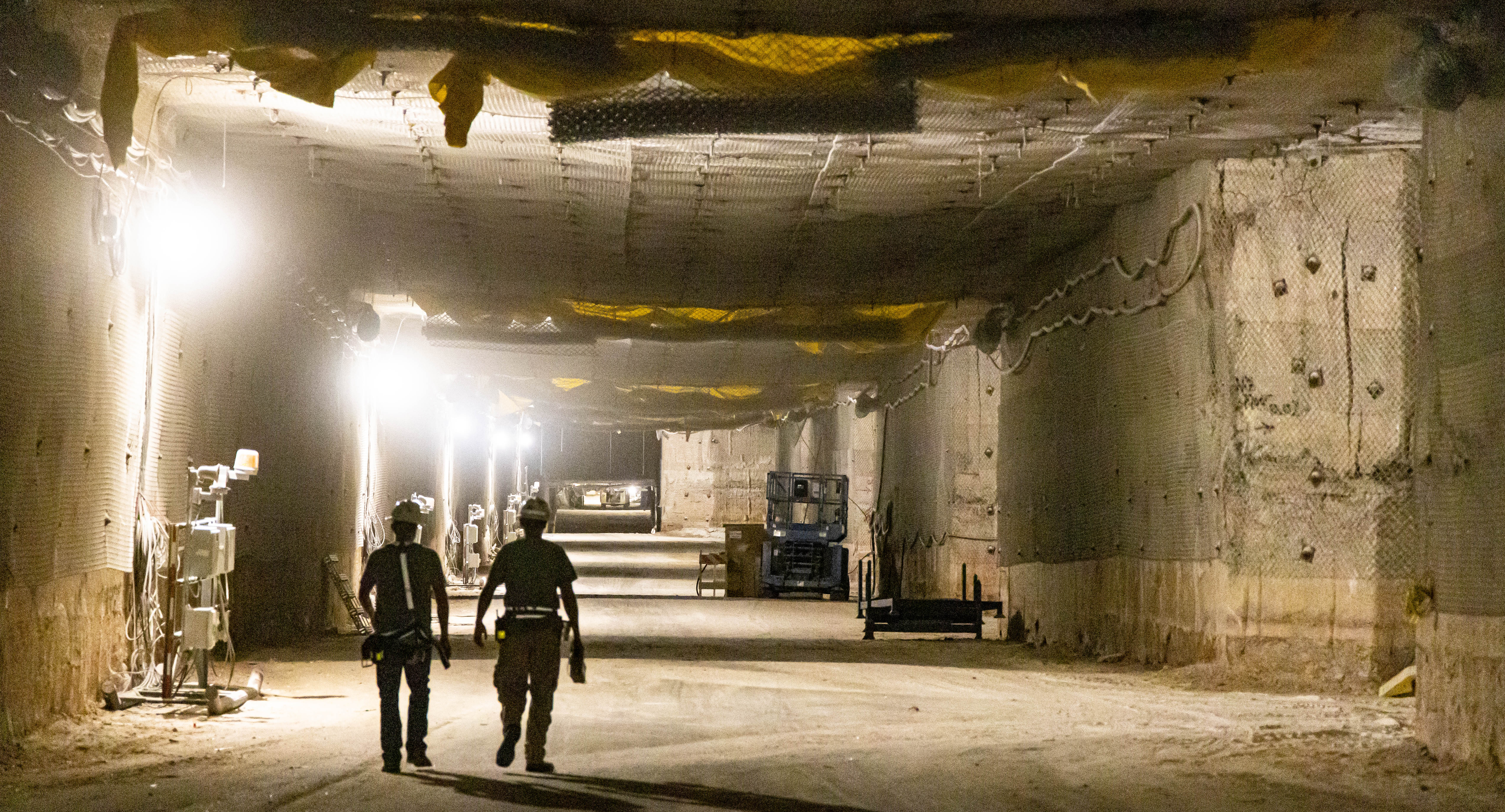
Native American Heritage Month: Rudy Ayala
November 30, 2022
Meeting the Need
November 23, 2022New Beginning

Employees have begun emplacing defense-related transuranic (TRU) waste in Panel 8 of EM’s Waste Isolation Pilot Plant (WIPP).
Panel 8 consists of seven emplacement rooms, each measuring 33 feet wide, 16 feet high and 300 feet long, the length of a football field minus the end zones. Creating a panel requires mining nearly 160,000 tons of salt. The panel is cut out of a 2,000-foot-thick layer of salt laid down 250 million years ago by the Permian Sea.
WIPP marked a milestone last month when employees finished emplacement in Panel 7 with the last of 20,056 containers. The most common containers, 55-gallon drums, totaled almost 13,000.
Emplacement began in Panel 8’s Room 7 with waste containers from Oak Ridge National Laboratory in Oak Ridge, Tennessee. Panels are filled back to front; it normally takes about 2.5 years to fill a panel.

“We have already seen significant increases in our efficiency as we have emplaced in Panel 8 compared to Panel 7,” said Sean Dunagan, president and project manager of Nuclear Waste Partnership, the WIPP management and operations contractor. “WIPP has the best workforce of anywhere in the complex, and I am so excited for the team as we make this significant move in Panel 8.”
WIPP has been disposing TRU waste since 1999, cleaning up 22 waste generator sites across the DOE complex. TRU waste contains manmade elements heavier than uranium on the periodic table and consists of clothing, tools, rags, residues, debris, soil and other items contaminated with small amounts of plutonium and other man-made radioactive elements. The waste is permanently disposed in rooms mined in an underground salt bed layer 2,150 feet below the surface.
Construction of WIPP followed congressional passage of the WIPP Land Withdrawal Act in 1992, which approved emplacement of up to 6.2 million cubic feet of waste. Emplacement in WIPP’s Panel 1 began in 1999.
